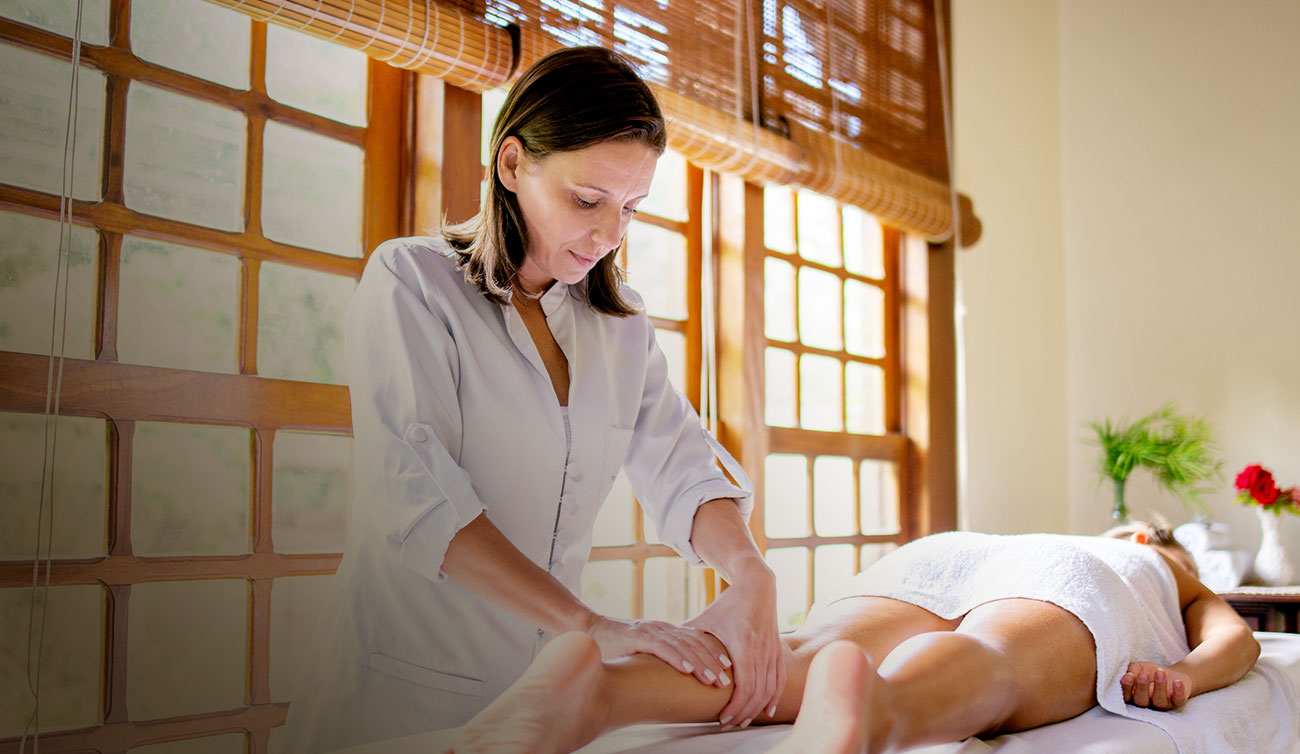Geriatric Massage: Comfort and Care at Home
Introduction
Geriatric massage is a specialized type of massage therapy designed to meet the specific needs of the elderly population. It involves gentle, light pressure and simple movements to improve blood circulation, and flexibility, and reduce pain. This article will guide you through everything you need to know about geriatric massage at home, from its benefits and techniques to precautions and tips.
Benefits of Geriatric Massage
- Improves Blood Circulation
As we age, our blood circulation tends to decline, which can lead to various health problems such as cold limbs, swelling, and varicose veins. Geriatric massage helps to improve blood circulation by gently stimulating the blood vessels.
- Enhances Flexibility and Range of Motion
Aging often results in stiffness and reduced range of motion in the joints. Geriatric massage 출장마사지 helps to improve flexibility and range of motion by gently stretching and mobilizing the joints.
- Reduces Pain and Discomfort
Many elderly people suffer from chronic pain conditions such as arthritis, sciatica, and fibromyalgia. Geriatric massage helps to relieve pain and discomfort by releasing endorphins, the body’s natural painkillers.
- Promotes Relaxation and Reduces Stress
Stress and anxiety are common among the elderly, often exacerbated by physical discomfort and loneliness. Geriatric massage helps to promote relaxation and reduce stress by stimulating the release of serotonin, a neurotransmitter associated with feelings of well-being and happiness.
- Improves Sleep Quality
Many elderly people have trouble sleeping, whether due to pain, stress, or other reasons. Geriatric massage helps to improve sleep quality by relaxing the body and mind.
Techniques of Geriatric Massage
- Effleurage
Effleurage is a gentle stroking technique that involves gliding the hands over the skin with light pressure. This technique helps to warm up the tissues and improve blood circulation.
- Petrissage
Petrissage involves kneading the muscles with the fingers, thumbs, and palms. This technique helps to release muscle tension and improve flexibility.
- Friction
Friction involves making small, circular movements with the fingertips or thumbs on the skin. This technique helps to break down adhesions and improve circulation.
- Compression
Compression involves applying gentle pressure to the muscles using the palms of the hands. This technique helps to relax the muscles and release tension.
- Passive Stretching
Passive stretching involves gently moving the joints through their range of motion without any effort from the person receiving the massage. This technique helps to improve flexibility and range of motion.
Precautions and Tips for Geriatric Massage at Home
- Consult a Healthcare Professional
Before starting any massage routine for an elderly person, it is essential to consult a healthcare professional or a qualified massage therapist. They can provide personalized recommendations and guidance based on the individual’s specific needs and health conditions.
- Create a Comfortable Environment
Creating a comfortable environment is crucial for the success of the massage. Make sure the room is warm, quiet, and free from distractions. Use a comfortable surface for the massage, such as a bed or a massage table with a soft cover.
- Use Appropriate Massage Oil
Using massage oil can help reduce friction and make the massage more comfortable. Make sure to use a natural and hypoallergenic oil, such as sweet almond oil or jojoba oil.
- Be Gentle
The skin and tissues of elderly people are often more delicate and fragile than those of younger individuals. Therefore, it is essential to use gentle pressure and simple movements during the massage.
- Communicate Throughout the Massage
Communication is key to a successful massage. Ask the person receiving the massage for feedback throughout the massage and make any necessary adjustments. Also, explain what you are doing and why, as this can help the person feel more comfortable and relaxed.
- Be Mindful of Health Conditions
Many elderly people have health conditions that may require special precautions during the massage. For example, people with osteoporosis may require lighter pressure and gentler movements. Be sure to consult a healthcare professional or a qualified massage therapist for personalized recommendations.
Conclusion
Geriatric massage is a valuable tool for providing comfort and care to the elderly. By using the right techniques and taking the necessary precautions, you can create a positive and beneficial experience for the elderly person in your care.
FAQs
- Is geriatric massage suitable for all elderly people?
Geriatric massage is suitable for most elderly people. However, it is essential to consult a healthcare professional or a qualified massage therapist before starting any massage routine, as there may be specific health conditions or contraindications to consider.
- Can I perform a geriatric massage at home?
Yes, geriatric massage can be performed at home. However, it is essential to create a comfortable environment, use appropriate massage oil, and take the necessary precautions, as outlined in this article.
- How often should geriatric massage be performed?
The frequency of geriatric massage can vary depending on the individual’s needs and health conditions. Generally, a weekly or bi-weekly massage can be beneficial. However, it is essential to consult a healthcare professional or a qualified massage therapist for personalized recommendations.
- What should I do if the person receiving the massage experiences pain or discomfort?
If the person receiving the massage experiences pain or discomfort, it is essential to stop the massage immediately and consult a healthcare professional or a qualified massage therapist for guidance.

